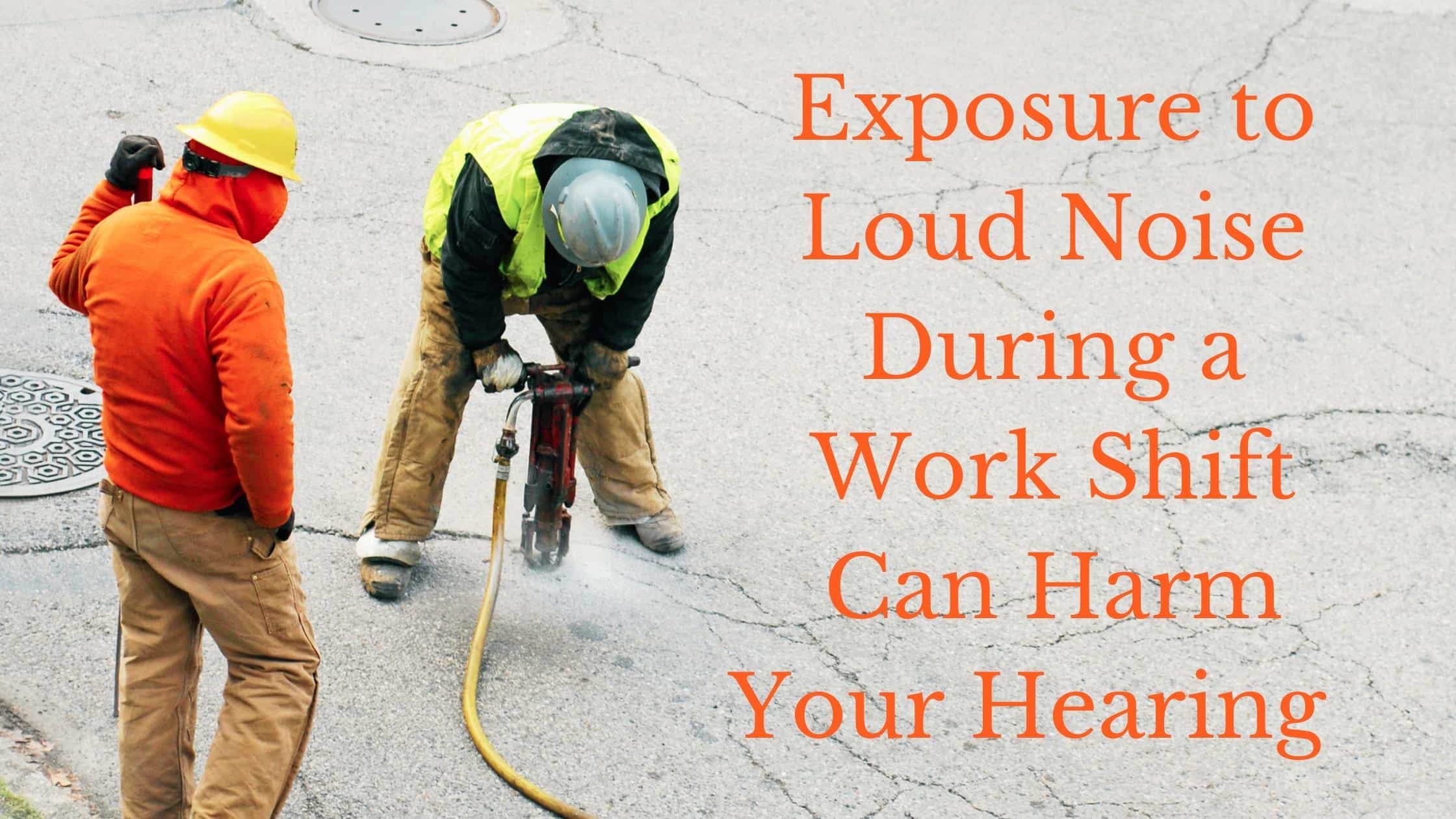
A primary way people are exposed to loud noise is in the workplace. In fact, according to the Centers for Disease Control and Prevention (CDC), nearly 30 million people are exposed to hazardous levels of noise in their work environment. One time or consistent exposure to loud noise is a common cause of hearing loss, a pervasive chronic condition that impacts over 48 million people.
Nearly 1 in 5 people live with some degree of impaired hearing; making hearing loss the third most common medical condition today. Hearing loss reduces a person’s capacity to absorb and process sound, producing a range of symptoms that affect all aspects of life: communication, relationships, job performance, social engagement etc. The CDC estimates that 24% of all hearing loss is caused by occupational hearing hazards, highlighting the impact of noise exposure in the workplace.
Noise Induced Hearing Loss
Hearing loss can be caused by a variety of factors including: aging, genetic history, pre-existing medical conditions, head injuries etc. One of the most common causes is exposure to loud noise which can damage critical components of the auditory system. Loud noise can damage the hair cells in the inner ear which help translate soundwaves into electrical signals. These signals are then sent to the brain where they are further processed and assigned meaning, this is how we are able to understand what we hear.
Loud noise can cause these hair cells to lose sensitivity and/or die, preventing them from performing their essential function. Unlike other types of cells that we have, hair cells in the inner ear do not regenerate. This means that when these cells are impacted, this damage is permanent (as there are also no medical interventions that can repair these cells). This causes hearing loss, a permanent condition that cannot be cured but effectively managed.
Hearing Loss Symptoms
It is important to be able to recognize the symptoms of hearing loss so you can intervene early. Common symptoms include:
- Tinnitus: a buzzing or ringing like noise in one or both ears
- Sounds are muffled or slurred, making it difficult to distinguish individual words
- Frequently asking others to repeat themselves, speak louder and/or slower
- Increasing the volume on electronic devices (TV, phone, speaker etc.)
- Difficulty hearing in places with background noise and needing to move to a quiet space to hear
- Missing parts of a conversation, pretending to hear, struggling to keep up with what someone else is saying
These symptoms can be experienced mildly to profoundly, significantly impacting daily life. Strained communication can lead to social withdrawal, impact mental health, and increases the risk of developing associated health conditions. It is important to prioritize your hearing health by addressing any symptoms right away and also practicing ways to protect your hearing health.
Protecting Hearing in the Workplace
According to the CDC, 12% of the working population experiences hearing difficulties and 8% navigate tinnitus. This underscores the importance of protecting hearing in the workplace. There are several useful ways you can do this including the following:
- Wear protective gear: such as earplugs, headphones, and earbuds which offer a protective barrier for the ears. This reduces the amount of loud noise that is absorbed which is an effective way to reduce noise exposure.
- Measure volume: it is important to be aware of the volumes you are exposed to. A helpful and convenient way to do this is by downloading an app that measures sound (in decibels, dB) in your environment. Sound about 85dB is considered potentially hazardous for hearing health.
- Access Accommodations: employers are required to provide protection from workplace hazards. Be sure to have conversations with your supervisor(s) so that you are aware of the resources they provide for health protection .
- Take listening breaks: take your breaks throughout the day! This provides time and space for your ears to rest from constantly absorbing and processing sound.
In addition to these safety measures, it is important to have your hearing assessed regularly. Hearing tests involve a painless process that identifies any impairment in both ears. This also tracks any changes and allows you to access treatment that can transform your hearing health!
